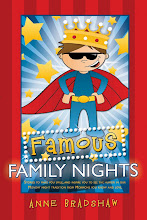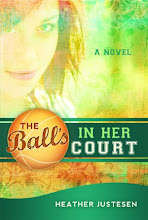Giving readers the ride of their lives
Rachael Renee Anderson
At the LDStorymakers Conference, Julie Wright taught a phenomenal class on using emotion in your writing. I figured I’d recap (in my own words) a little of what I learned because I found it so helpful . . .
- Feel what you’re writing. Envision yourself in your character’s place and imagine thoughts that might be going through their mind or feelings they might be having.
- Use situations from the past to explain the present emotion. (Example: He blamed the wrecking ball of a girl he was unaccountably drawn to. She was like the pocketknife his parents had given him when he turned twelve. Unable to resist running his finger over the shiny metal blade, he had been shocked when blood oozed from his finger. The blade had been sharp, shiny, and irresistible—like Dani. She, too, was difficult to resist and she, too, brought problems—albeit unwittingly. It was irrational, he knew, but he held her responsible for his temporary loss of control.)
- Show, don’t tell. Try avoiding abstract nouns too much. (happy, sad, angry, irritated, embarrassed)
“Come in!” Dani yelled when a determined rap sounded on the door. She worriedly stepped back and allowed the EMTs access to her grandmother. Petrified, she watched and waited while they worked.
Example #2
“Come in!” Dani yelled when a determined rap sounded on the door. She stepped back and allowed the EMTs access to her grandmother. Time seemed to slow and deliberate, as if it couldn’t decide whether the seconds were minutes or hours. Nana looked old, frail, and still lying there on the carpet. Dani wanted to scream at the medics. You are the professionals! Get her to wake up!
But she didn’t scream. She watched; waited. And while she stood there, the ever-threatening fatigue seemed to swoop down and envelop her body. She slouched against the wall behind her as her legs threatened to give way. Locking her knees, she turned to the one source of comfort she could access. She closed her eyes and prayed.
Which is more effective? Which will draw the reader into the story more, and make them feel what the characters are feeling?
“There is only one must in creative writing: the author must transfer an emotional experience to the reader.” Mildred I. Reid, Writer’s Digest Guide to Good Writing

















2 comments:
Good summary. I was in Julie's class also and failed to take good notes. Thanks for posting this!
That is an area I really need to improve on: show-don't tell. Thank you for the update. It's excellent advice.
Post a Comment